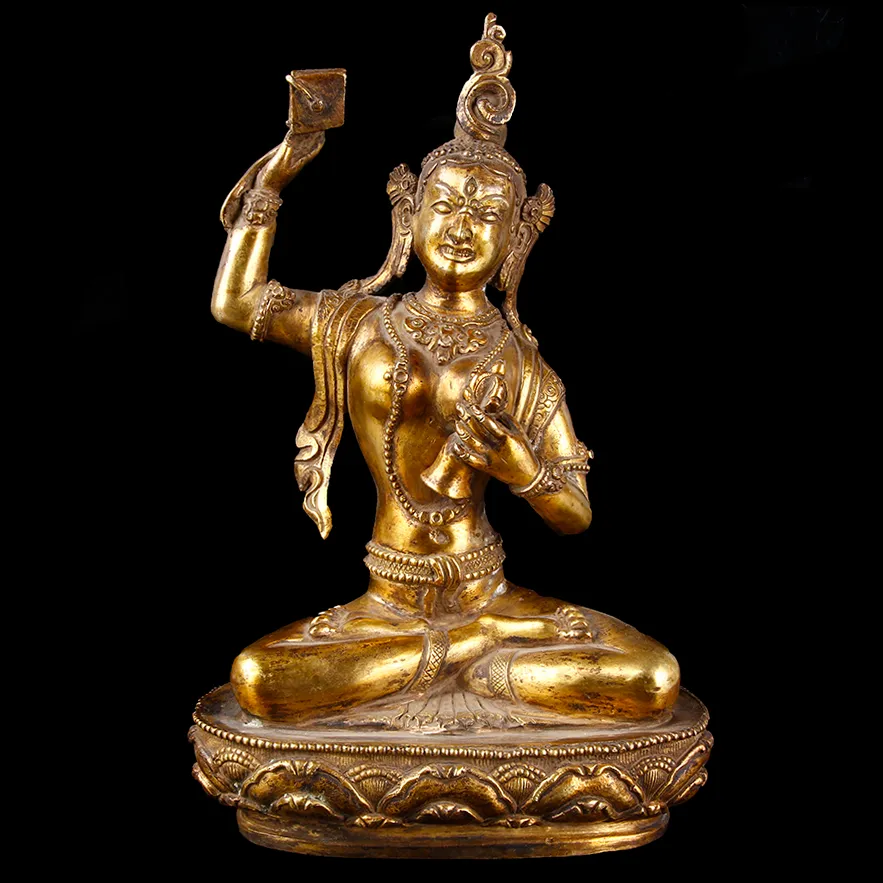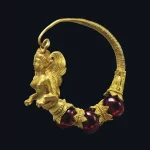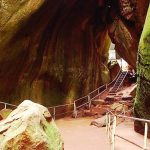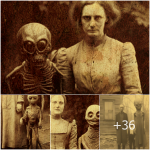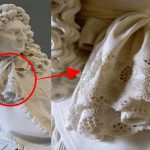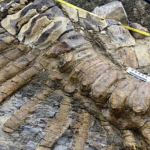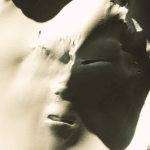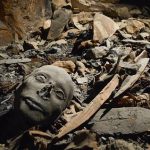Bronze statues of Tibetan Buddhism

Buddhism in Tibet
One of the central regions for Buddhism beliefs, the religion first reached Tibet in the 7th century AD, roughly a millennium after the life of the historical Gautama Buddha who is credited with founding the religion, and from the mid-11th century has remained the dominant religion of the region. The themes of Tibetan bronze statutory are figures and objects of significance in the Buddhist tradition, such as Buddhas, Bodhisattvas, vajras and historical Buddhist figures. Most of the bronzes that remain to us were originally commissioned and dedicated by the wealthy patrons of the various temples where they would have been places so as to accrue the good karma needed to break the cycle of samsara in the Buddhist religion. In the art of Tibet can be seen also the influences of the nations that surround the region, including Chinese, Indian and Nepalese styles.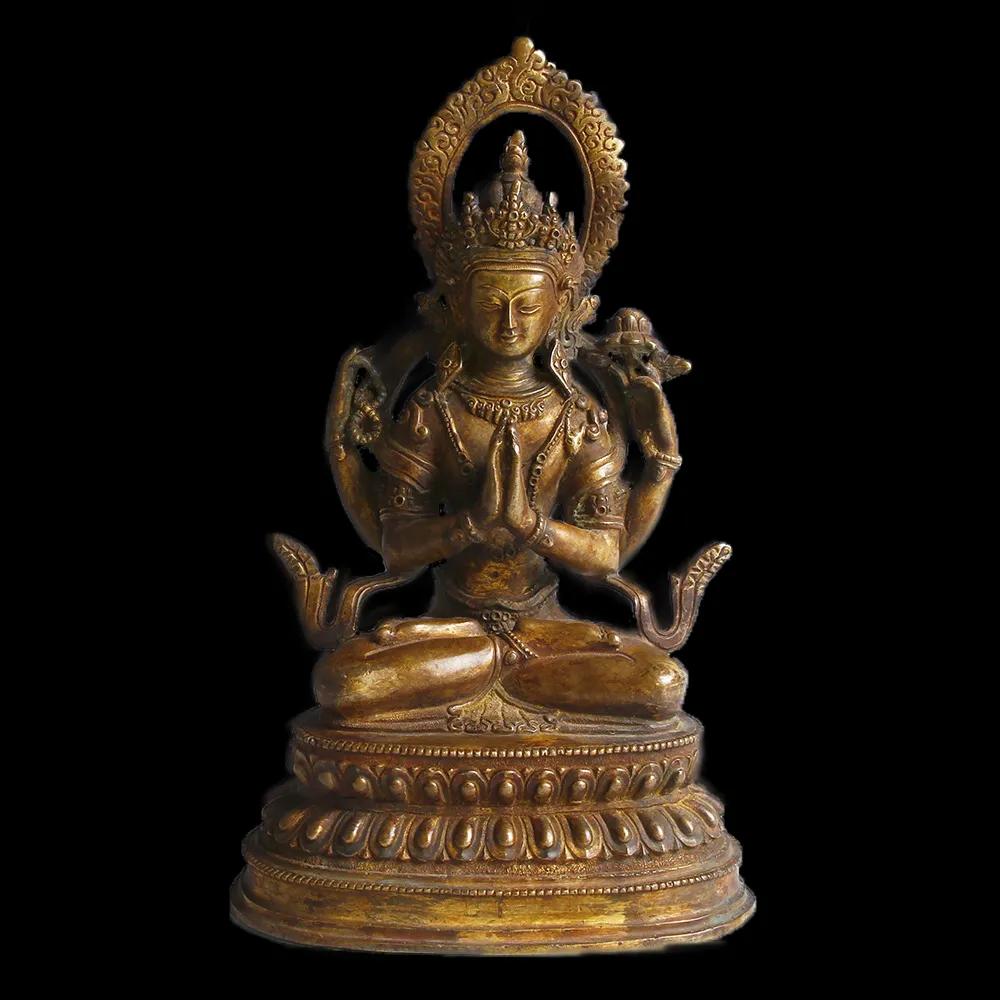
Bodhisattva Avalokitesvara
The bodhisattva Avalokitesvara, also known as Chenrezig in Tibet, is the embodiment of all Buddhist compassion and is believed to emanate as the Dalai Lama, successively reincarnating with each passing leader. One interpretation of his name is “the lord who looks in every direction”, who has one thousand hands/arms and eleven faces so as to look in all directions and save all creatures. Thus he is often portrayed having multiple arms and heads, creating a similar visual experience to that of a peacock’s plume in its outreaching, encircling fashion. The role of bodhisattvas, who forgo their ascension to Nirvana in order to help others achieve enlightenment, was particularly emphasised by Mahayana Buddhism, from which Tibetan Buddhism is an offspring.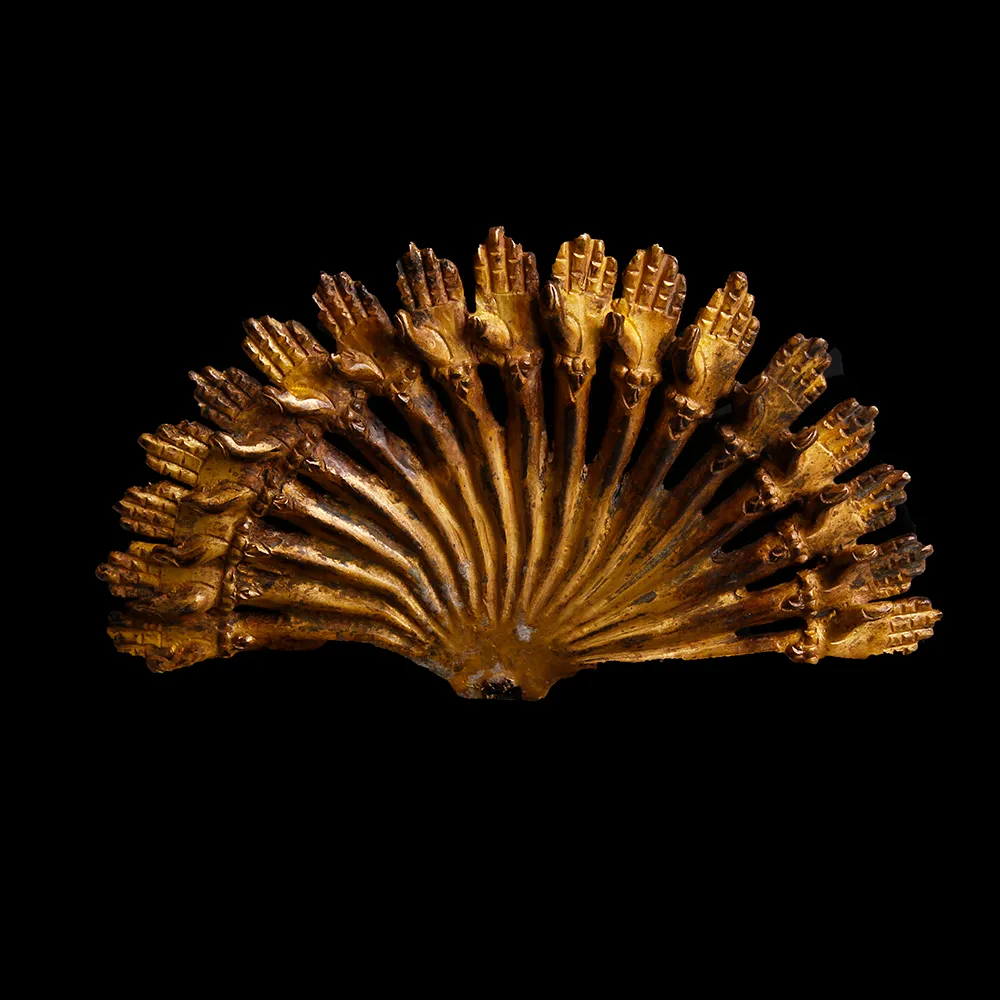
Tantric Buddhism
It is Vajrayana (Trantic) Buddhism, a derivative of Mahayana, which is most closely associated with the Tibetan form of the religion, and has an evident dominance over the Mahayana form in Tibetan art. One aspect of the Tantric form of Buddhism that is found within Tibetan artistic production is the depiction of wrathful deities who are depicted with expressions of anger, encircled by flames, or with the skulls of the dead. Belying the true nature of these deities, their wrathful demeanour hides their inherent and truly compassionate character. Many Tantric techniques involve visualisations during meditation, visualisations that the statues aim to demonstrate so as to aid the act of mental imaging.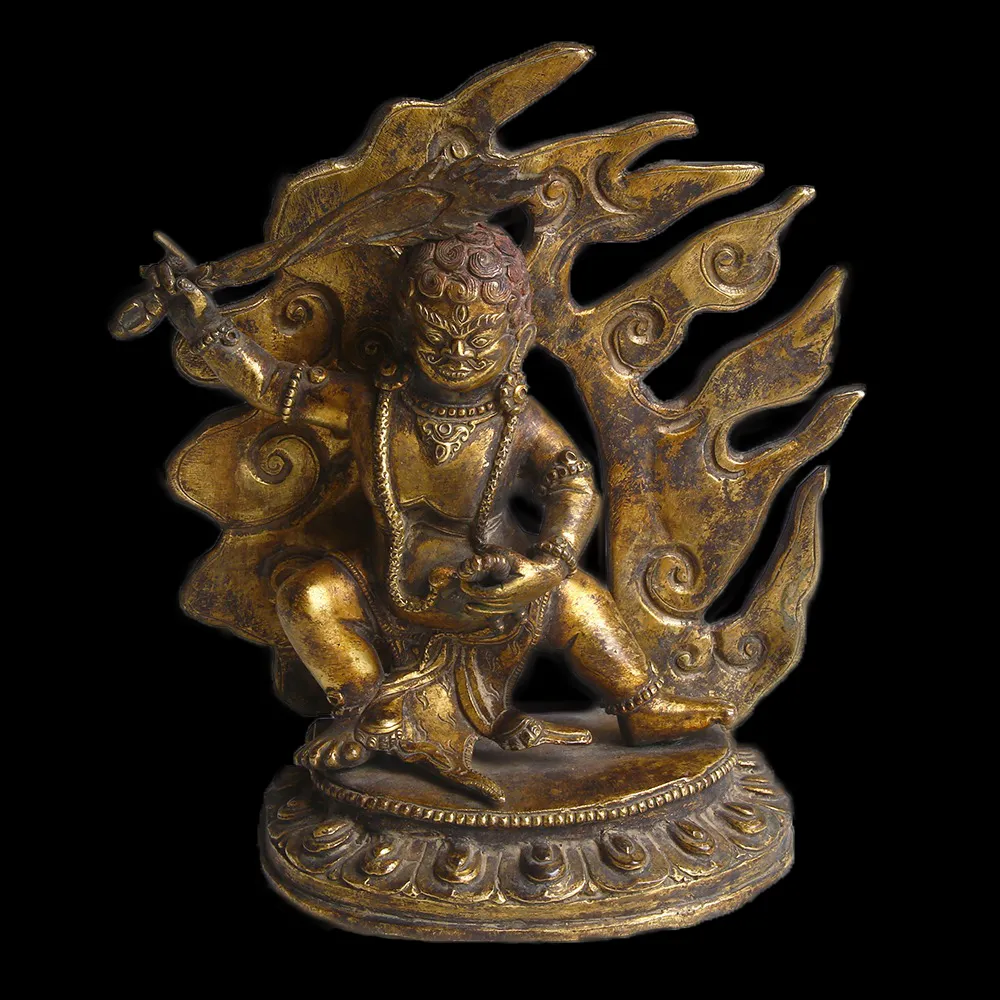
Vajrapani
In Mahayana Buddhism Vajrapani is one of the earliest bodhisattvas to appear and is also the guide and protector of Guatama Buddha, the historical founder of the Buddhist religion. In Tibetan art he is represented in a number of forms, some calm and some fierce, displaying varying amounts of limbs, heads and eyes, and is often displayed in dynamic postures. A common feature, however, among the differing depictions is the appearance of a Vajra, a ritualistic weapon that encapsulates the properties of both diamonds (indestructability) and thunderbolts (irresistible force). It is from this item that Vajrapani’s name is derived, it’s Sanskrit meaning being “Vajra in his hand”. In his Mahachakra-Vajrapani form he is shown stepping on and over the Hindu deities, Brahma and Shiva.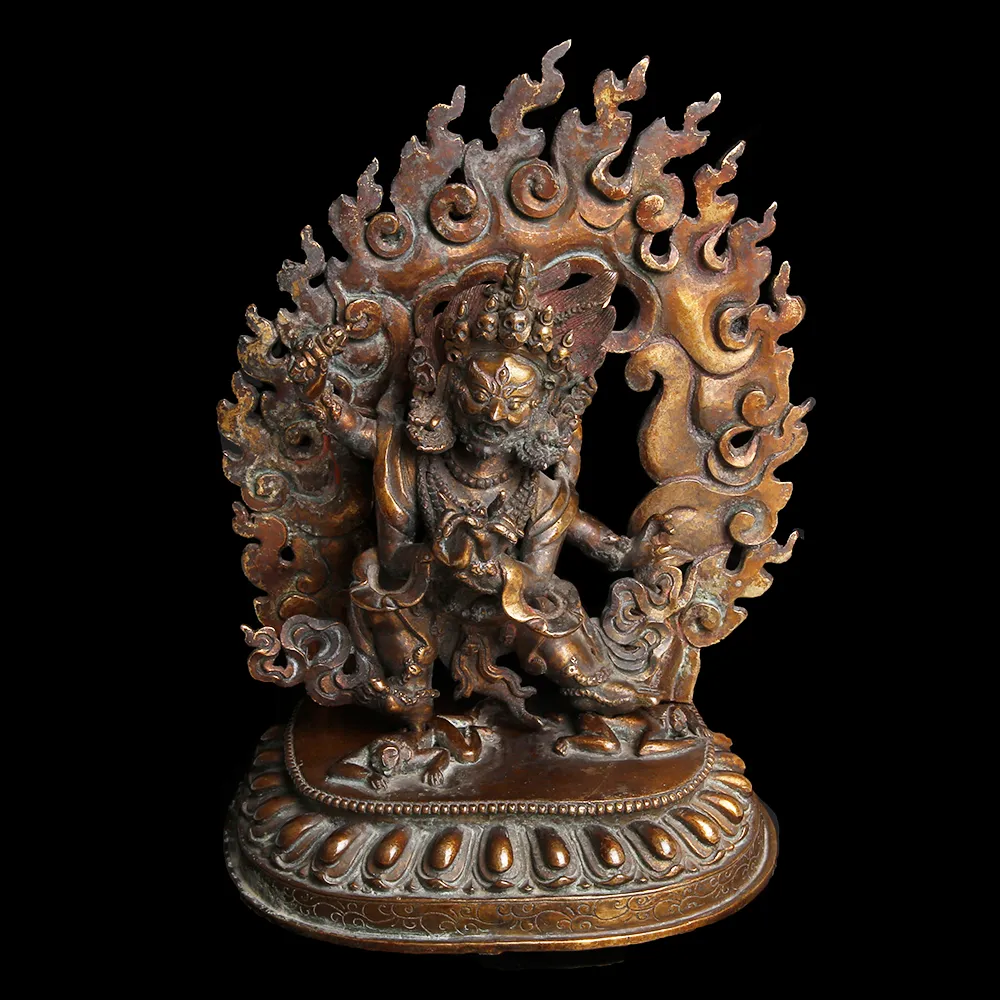
Buddhist Practitioners and Teachers
Historical Buddhist teachers were another theme in the production of Tibetan Bronzes. For example, the renowned 11th century tantric practitioner and yoga teacher, Machig Labdron, who is portrayed with a drum in her right hand and a bell in her left, is a significant figure in Tibetan Buddhism and she represents a departure from the male dominated Buddhist images of India. Other Buddhist practitioners that are represented in Tibetan art include the spiritual master Padmasambhava, who is revered as the leading propagator of Tantric Buddhism in Tibet and helped construct the first monastery there, and the great teacher Marpa who is also credited as an expounder of Tantric Buddhism, having been responsible for transmitting many of the teachings from India.